Royal Norwegian Air Force Major Morten ‘Dolby’ Hanche has flown many mock dogfights since becoming the nation’s first F-35 pilot last November.
It was widely reported in the media last January that an F-35 was outperformed by an F-16, the truth is seemingly a little different.
This article should be prefaced by saying I don’t work for Lockheed Martin, BAE or any of the companies or organisations involved with the aircraft.
Now that’s out of the way we can begin, the accusations of the F-35 being inferior may seem shocking at first but it should be noted that the specific F-35 at the heart of the claim that the aircraft was bested by an F-16 was ‘AF-2’, an airframe is designed for flight testing, it’s designed to fly in certain restricted flight envelopes. It does not feature the majority of systems present in frontline aircraft.
The aircraft, due to it being a test aircraft, had also not had the software installed that is required to use the sensors and mission systems that would be used in combat. Additionally, ‘AF-2’ does not feature the radar-absorbent material coating that operational aircraft have.
In his blog, Hanche remarks:
“So how does the the F-35 behave in a dogfight? The offensive role feels somewhat different from what I am used to with the F-16. In the F-16, I had to be more patient than in the F-35, before pointing my nose at my opponent to employ weapons; pointing my nose and employing, before being safely established in the control position, would often lead to a role reversal, where the offensive became the defensive part.
When I push the stick forward; the F-35 reacts immediately, and not delayed like the F-16.”
He adds:
“The F-35 provides me as a pilot greater authority to point the nose of the airplane where I desire. (The F-35 is capable of significantly higher Angle of Attack (AOA) than the F-16. Angle of Attack describes the angle between the longitudinal axis of the plane – where nose is pointing – and where the aircraft is actually heading – the vector). This improved ability to point at my opponent enables me to deliver weapons earlier than I am used to with the F-16, it forces my opponent to react even more defensively, and it gives me the ability to reduce the airspeed quicker than in the F-16.”
Articles making the claim that the F-16 is superior cite tests performed earlier in the year to assess the flying qualities of the F-35 during within visual range combat and the F-16 involved was used as a visual reference to maneuver against. The aim of the test was to demonstrate the ability of the F-35 to fly to the edge of its restricted test limits without exceeding them. The test scenario was apparently successful as it allowed the aircraft be cleared for greater agility in future tests.
According to a press release from Lockheed Martin:
“It [the F-35 in question] is not equipped with the weapons or software that allow the F-35 pilot to turn, aim a weapon with the helmet, and fire at an enemy without having to point the airplane at its target.”
Test pilots say the additional maneuverability available as the aircraft expands its flight envelope after every test is a testament to the performance.
According to test pilot David “Doc” Nelson.
“Pilots really like maneuverability, and the fact that the aircraft recovers so well from a departure allows us to say [to the designers of the flight control system laws], ‘you don’t have to clamp down so tight’.”
Despite the claims that the F-35 is inferior to a decades old aircraft, previous exercises tell a different story.
Over the last few years there have been occasions where a flight of F-35’s have engaged a flight of F-16’s in simulated combat scenarios, the F-35s reportedly won each of those encounters because of its sensors and low visibility. This seems to be a case of comparing a test aircraft still in trials, that has a restricted flight envelope, against a mature dog-fighter with no such restrictions.
The full text of the blog can be found here.


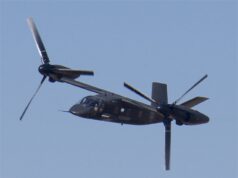
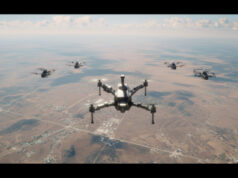
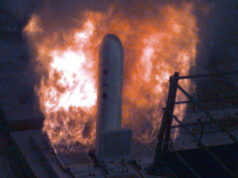

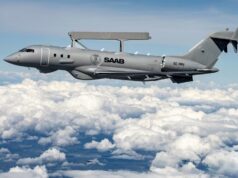


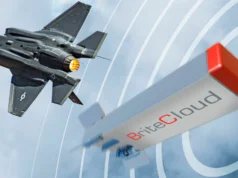
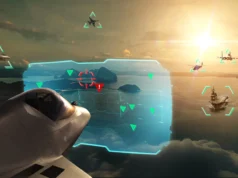
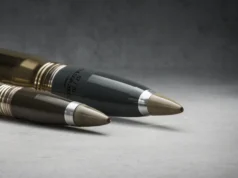

but…but…but…but…but…but…but…but…but…but…but…but…but…but…but…but…but…but…it isn’t a harrier lol
Glad to hear this finally coming out. Now the armchair fighter pilots who believed the RAND report to be fully operational gospel like internet Sheeple do can now turn their attention to lambasting the B-21 instead.
Can’t wait to see them at airshows.
It’s been officially confirmed for this years RIAT at Fairford! 🙂
Ryan Kelly
It’s hard to know what to believe any more. The proof of the pudding will be in the eating, I guess. A very expensive pudding.
Fly fly fly.
twin propulsion power units needed
For what?
unlike the other f 35s where it has got twin power units n maybe it hinder the performance of the craft !
The naysayers will need a big hole to hide in Soon. They will look absolutely ridiculous. What a asset we are getting world beater
Twin propulsion why? Having two engines makes no point, much easier and safer with a single engine. The f35 is a work of technological art. One engine = less maintenance, Two engine have double the risk of failure and from what i have read when an engine fails on a twin engine fighter the pilot usually ejects as its a ticking time bomb (although i cant 100%). I wont be surprised if its not already fly in Iraq on missions. Sprey talked the f35 down and tried to get this great plane cancelled on bias and sometime outright lies. Hats off to the designers of this fighter it looks amazing, most pilots think its amazing and the enemy are sure to be concerned as its a multi-role jsf that acts in one tier as a stealth tactical recon unit, in another tier its a sniper in the air ground attack support fighter or its able to give a2a support. I know there are people who will say a su35 or pac may take it out but i don’t recon they could get in range to do any damage tbh or even realise its near until they are pressing the eject button or running away trying to avoid a missile that has a “no escape zone” and counter measure avoidance system. DARPA apparently are already trying to fit a laser to this fighter that can slice in half a missile that gets in range. I just can’t see this fighter been a “Turkey” as piere sprey keeps stating.